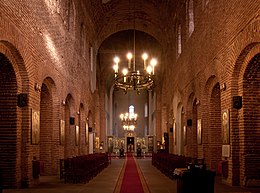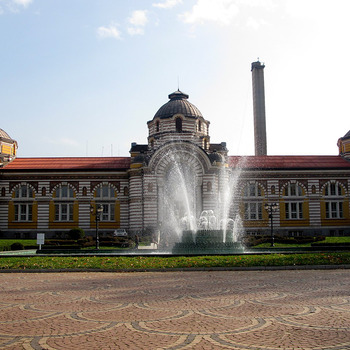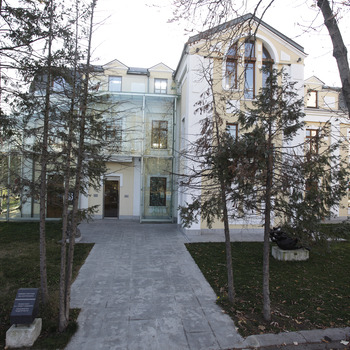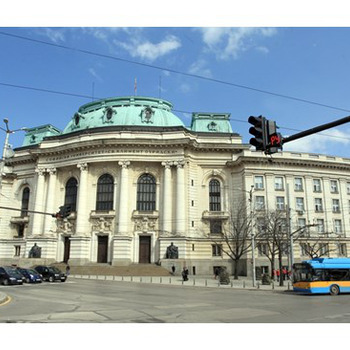St. Sophia Church
Overview
The St. Sophia Church (God's Wisdom) is located in the center of Sofia, near St. Al. Nevsky Cathedral. It is one of the oldest churches in the Bulgarian capital and its history is closely connected with that of the city.
From “Sophia” (or “Sofia”) in Medieval comes the modern name of the Bulgarian capital. But everything starts much far back in time. The legend tells that a princess named Sofia arrived in the city. She was sick but eventually healed, recovered, and then was built the church as a sign of gratitude and praise to God. When she died she was buried in it.
The basilica Saint Sofia church was built in the VIth century but rests on the foundations of another church of the IVth century, which was the first major Christian church in ancient Serdica. Part of the floor in Roman mosaics of that time has been preserved until today. In 343 AD Serdica council was held here.
Over the next 200 years, the church was changed and rebuilt, then destroyed by the Huns and Goths' invasion raids. After this period, Emperor Justinian the Great ordered to be raised again as a large basilica in praise of Sofia – the wisdom of God. The temple was built on the highest hill in the city at the time. It was used as a common burial place. At the beginning of the first Christian graves were away from the city walls, and consequently, each has sought to obtain a burial site near the cemetery church.
Between XII and XIV centuries during the Second Bulgarian Kingdom Saint Sofia church acquired the status of bishop’s cathedral church. After the Ottoman invasion was turned into a mosque. The original 12th-century frescoes were destroyed and minarets were added. As a result of two earthquakes in the XV and XIX century, they were destroyed. Ottomans decided that this is a bad sign and abandoned the temple.
Recommended
- St. Alexander Nevsky Cathedral
- Russian Church of St. Nicholas of Myra
- National Art Gallery
- National Museum of Natural History
- Museum of Paleontology and Historical Geology
- Ivan Vazov House-Museum


 Bulgarian
Bulgarian Romanian
Romanian



